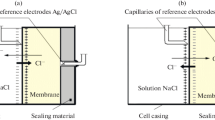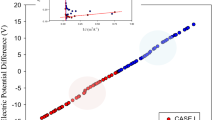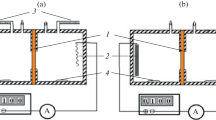Overview
- Editors:
-
-
Lorenzo Liberti
-
University of Bari, Italy
-
Friedrich G. Helfferich
-
Pennsylvania State University, University Park, USA
Access this book
Other ways to access
About this book
While ion-exchange processes were originally used for the treatment of very dilute solutions, many applications for the treatment of concentrated solu tions have been developed in recent years. In these situations, the mass transfer bottlenecks are located in the~, rather than the liquid phase. Therefore, the development of quantitative models for ion-exchange kinetics requires knowledge about the conductance characteristics of ions and solvent in the solid phase. A useful approach towards this aim is the study of trans port characteristics of these species, and of their interactions in solid ion exchange membranes. Many different transport processes and related phenomena can be observed in membrane-solution systems, e.g., ion migration, electroosmosis, diffusion arid self-diffusion, osmosis, hydraulic flow, hyperfiltration (reverse osmosis) or ultrafiltration, streaming potential and streaming current, and membrane potentials (also called "membrane concentration potentials"). It is important to correlate all these phenomena so as to avoid a very large number of unnec essary measurements. Such correlation is often possible [Meares, 1976] since all these phenomena are determined by the ease of migration of the different species across the membrane. Important correlations have been made and summar ized even before high-capacity ion-exchange membranes became commercially available [Sollner, 1950, 197iJ.
Similar content being viewed by others
Table of contents (14 chapters)
-
Front Matter
Pages I-VIII
-
-
-
-
-
-
-
-
-
-
-
-
-
-
- A. Berg, T. S. Brun, A. Schmitt, K. S. Spiegler
Pages 395-459
Editors and Affiliations
-
University of Bari, Italy
Lorenzo Liberti
-
Pennsylvania State University, University Park, USA
Friedrich G. Helfferich




